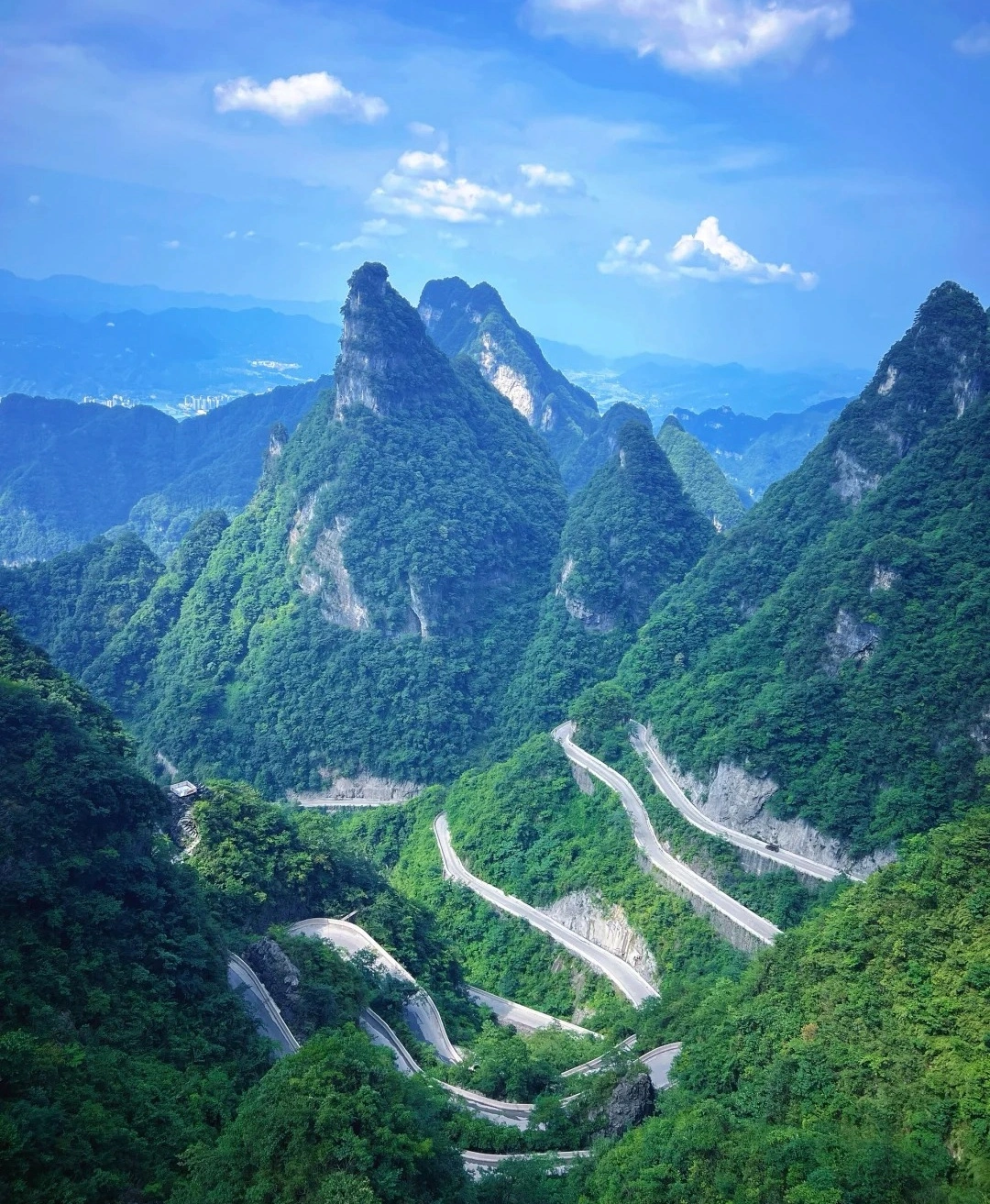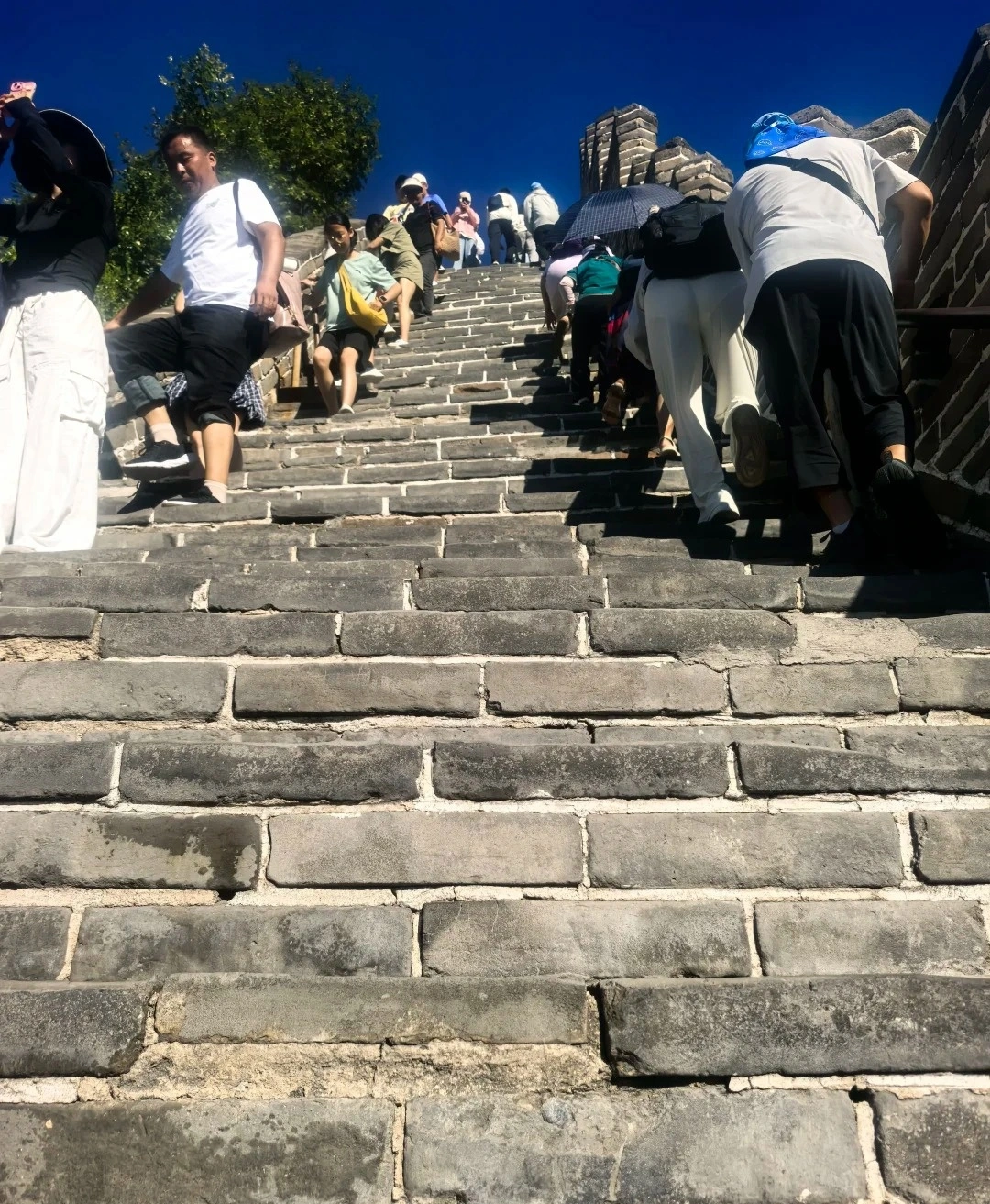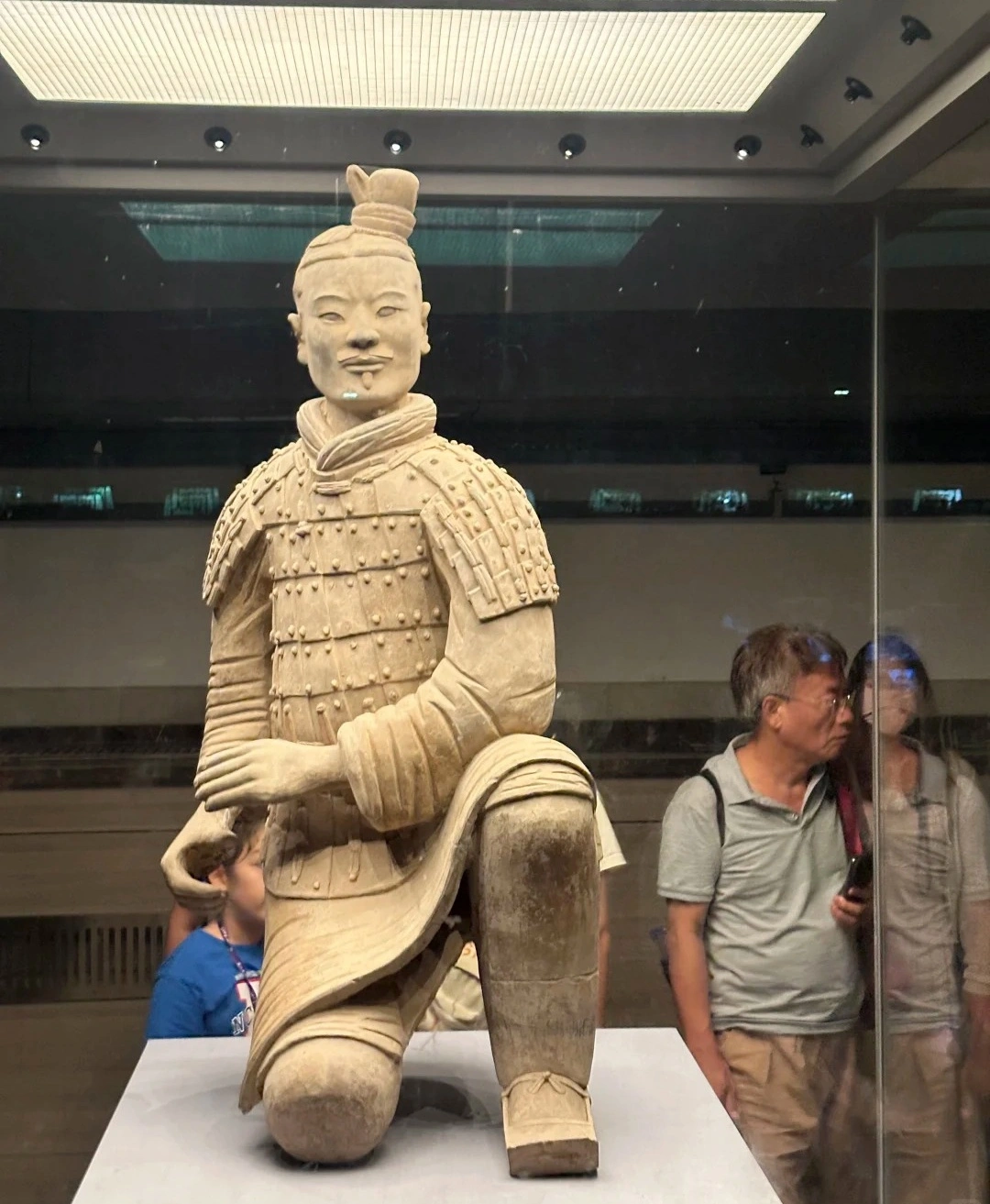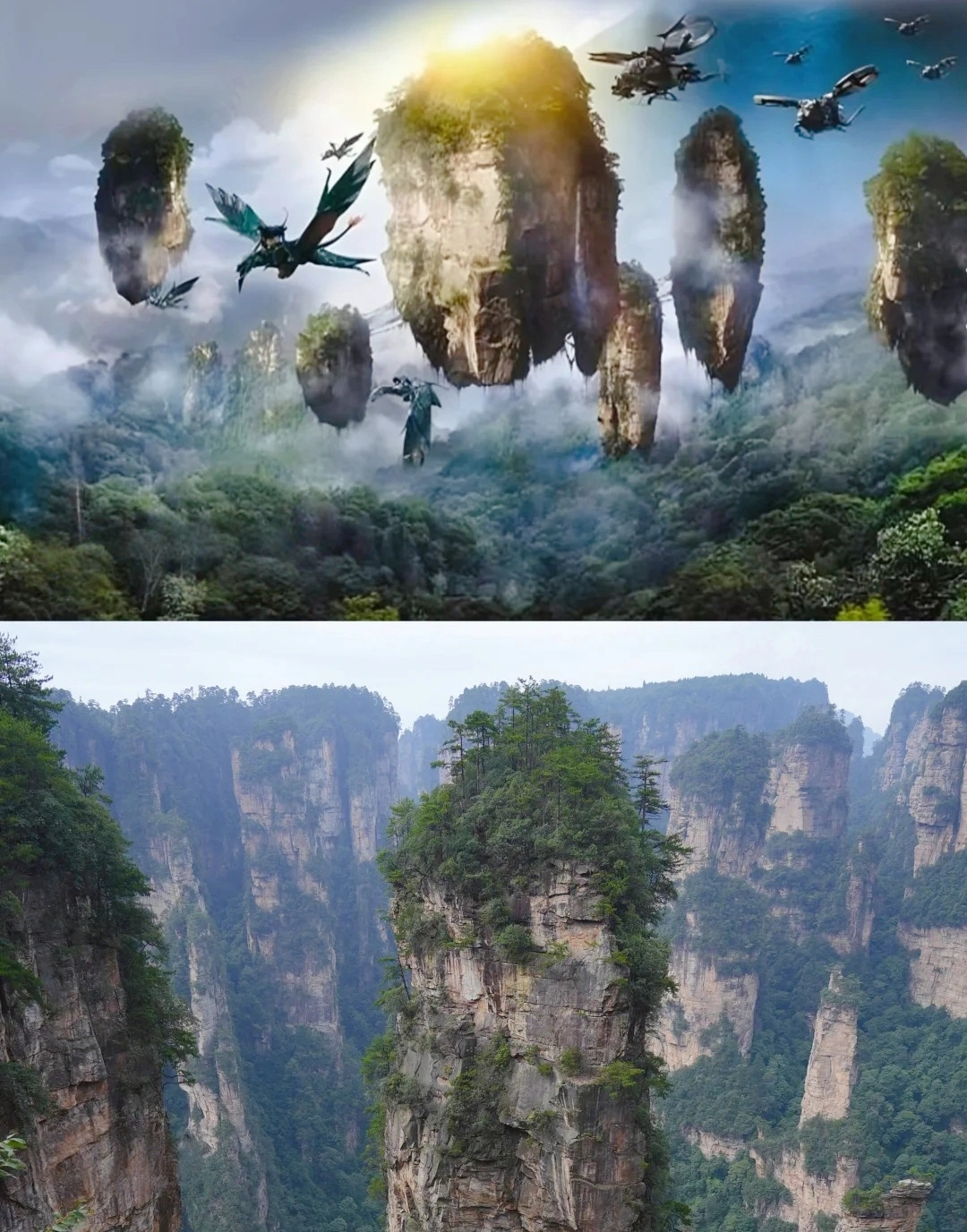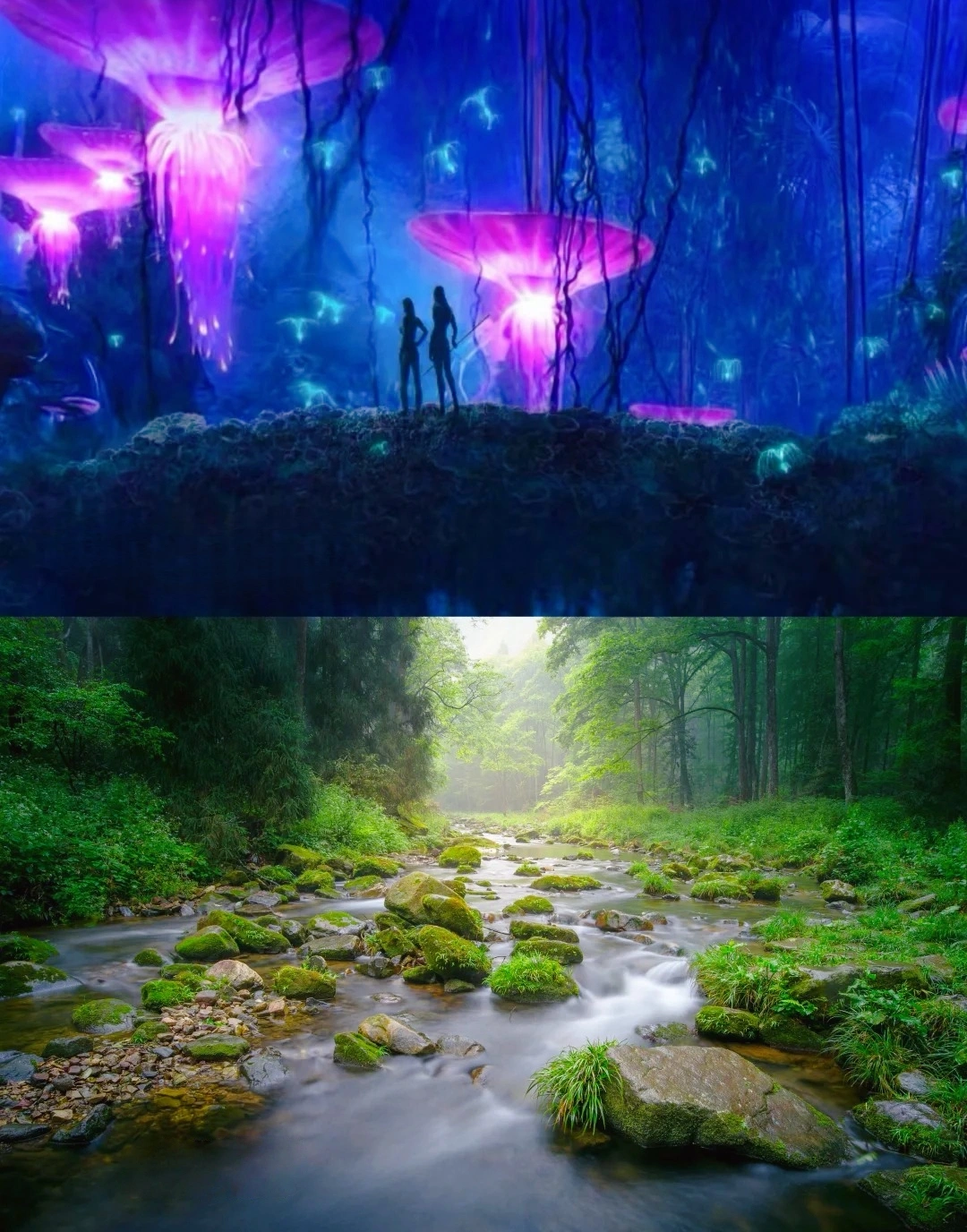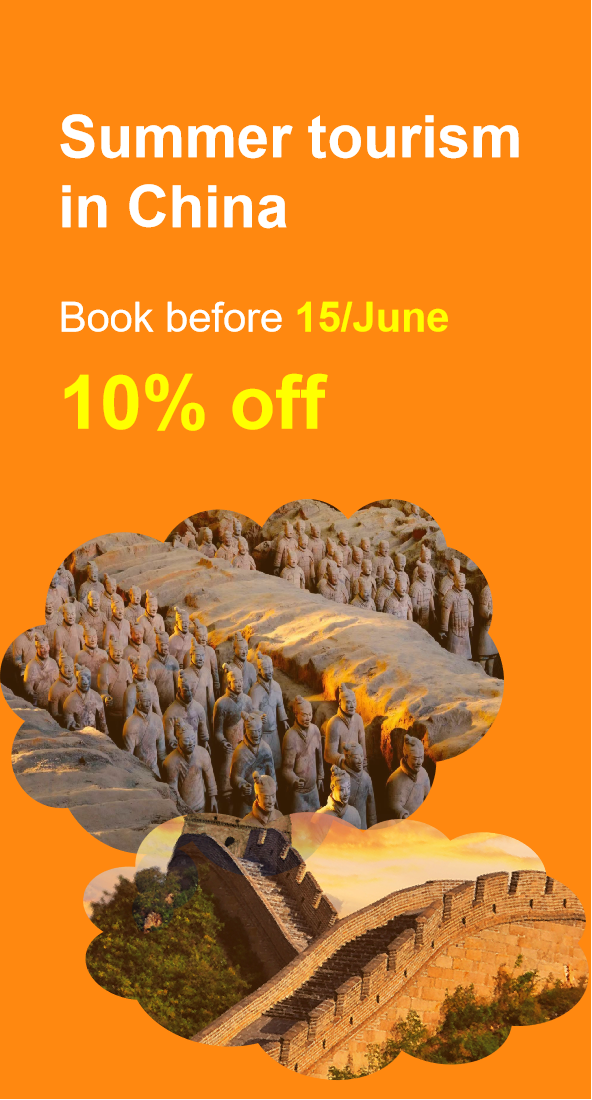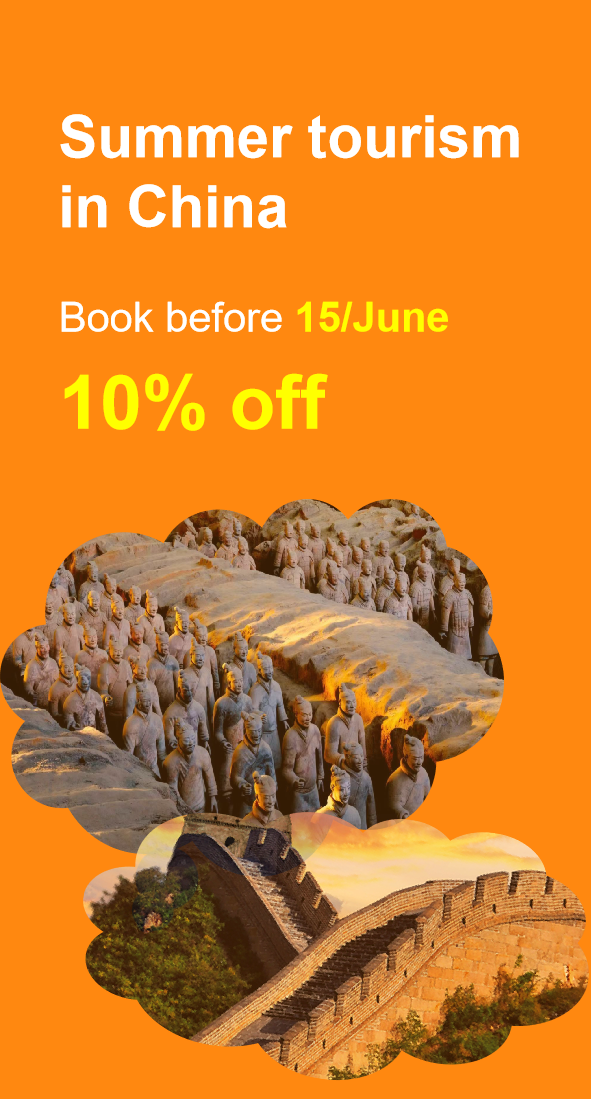Top 10 Folk Customs of Zhangjiajie
1. Tujia "Crying Marriage" Ceremony (哭嫁, Kujia)
The Bride’s Song of Tears
For Tujia brides, wedding joy is expressed through tears. Starting weeks before the ceremony, the bride sings Kujia ballads to bid farewell to her family, ancestors, and even the family cow! These songs, passed down orally, blend humor and sorrow, with lyrics like:
"Mother, I leave your embrace / May the stove fire never fade / Though I marry far, my heart stays home."
A skilled singer is praised as wise and virtuous—a true mark of Tujia womanhood.
2. The "Catch-Up New Year" (赶年, Gannian)
Celebrating Before the World Wakes Up
While most of China rings in the Lunar New Year on the 1st day of the 1st month, Tujia families gather one day earlier—a tradition born from wartime history. Legend says their ancestors, rushing to battle, ate their New Year’s feast in haste. Today, it symbolizes unity and resilience, with feasts of stinky tofu, rice cakes, and spicy sausages.
3. Shaking Off the Dust: The Tujia Swing Dance (摆手舞, Baishou Wu)
A Dance of Life, Death, and Rebirth
Performed in sacred groves or village squares, this ancient ritual dance tells the Tujia creation story. Dancers move in unison, swaying hips and arms while chanting Baishou songs about migration, farming, and heroism. The highlight? The "Same-Step" move—lifting the left foot and right arm simultaneously—a rhythm that connects dancers to their ancestors’ spirits.
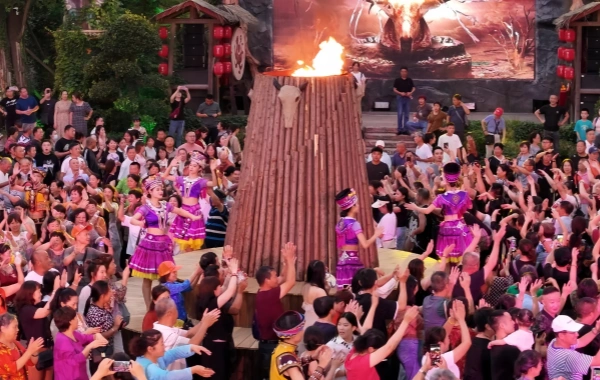
4. Mossy Man Dance (茅古斯, Maogusi): China’s Oldest Theater
Where Hunters Become Gods
Listed as a UNESCO Intangible Cultural Heritage, this 4,000-year-old performance features dancers clad in straw costumes, mimicking prehistoric hunters. With exaggerated gestures and grunts, they reenact the first harvest, mating rituals, and battles with wild beasts. The climax? A mock sacrifice to the "Straw God," ensuring bountiful crops.
5. The "Nine-Son Whip" (九子鞭, Jiuzi Bian)
Whipping Up Good Fortune
A fusion of dance and martial arts, performers wield 1.5-meter bamboo whips embedded with copper coins. As they spin and leap, the coins clatter like rain, driving away evil spirits. The dance is a staple at Festivals, with soloists showcasing acrobatics and group routines forming intricate patterns.
6. Tujia High Lantern Dance (高花灯, Gaohua Deng)
Lighting the Path to Prosperity
Twelve dancers balance papier-mâché lanterns shaped like lotus flowers, each representing a month of the year. Accompanied by suona horns and drums, they weave through streets, stopping at homes to bless newlyweds and newborns. The finale? A fiery leap through a blazing hoop—a test of courage and a prayer for safety.
7. "Hitting the Grave" Funeral Dance (撒叶儿嗬, Sayer’erho)
Dancing with the Departed
When a Tujia elder passes, the village erupts in joyous drumming and singing. Dancers mimic farming motions—plowing, sowing, reaping—to celebrate the cycle of life. The philosophy? "Death is not an end, but a return to the earth." This UNESCO-recognized tradition has inspired modern artists worldwide.
8. Tujia tea Ceremonies (土家茶礼, Tujia Cha Li)
Sipping Stories from Ancient Times
Tujia hospitality is poured into every cup:
- Honey Tea: Green Tea sweetened with wild honey, believed to cure fatigue.
- Egg Tea: Three boiled eggs in ginger-infused tea, symbolizing fertility.
- "Three Teas" of Bai Ethnicity: Bitter first brew, sweet second, and a third with rice and eggs for unity.
Pro tip: Refusing a second cup is rude—it means the host’s love isn’t deep enough!
9. The "Mud-Splashing Festival" (糊仓, Hucang)
A Messy Blessing for Farmers
During spring planting, villagers hurl mud at each other in a chaotic ritual. The more mud you wear, the luckier your harvest! Children giggle as elders recount proverbs: "Mud on your back, gold in your sack!" The festival ends with a communal feast of sticky rice cakes and fermented glutinous rice wine.
10. Zhangjiajie Yang Opera (张家界阳戏, Yangxi)
The "Golden Thread" Singing Style
This 300-year-old art form combines opera, dance, and folk tales. Performers switch between deep baritone and falsetto in a technique called "Jinxiandiao" ("Golden Thread Hangs the Gourd"). Watch for the "Ten Brothers" play, where actors portray siblings through mask changes—a spectacle of speed and skill!
Final Thoughts
Zhangjiajie’s magic lies not just in its peaks, but in the hearts of its people. From tearful brides to mud-covered farmers, every tradition is a thread in the tapestry of Tujia Culture. So, the next time you hike the Avatar Hallelujah Mountains, remember: the real wonder is the community that calls this place home.
Contact Us
What Our Clients Say?
Based on 10,000+ traveler reviews

